ECU's 15 Most-Read Stories in 2023
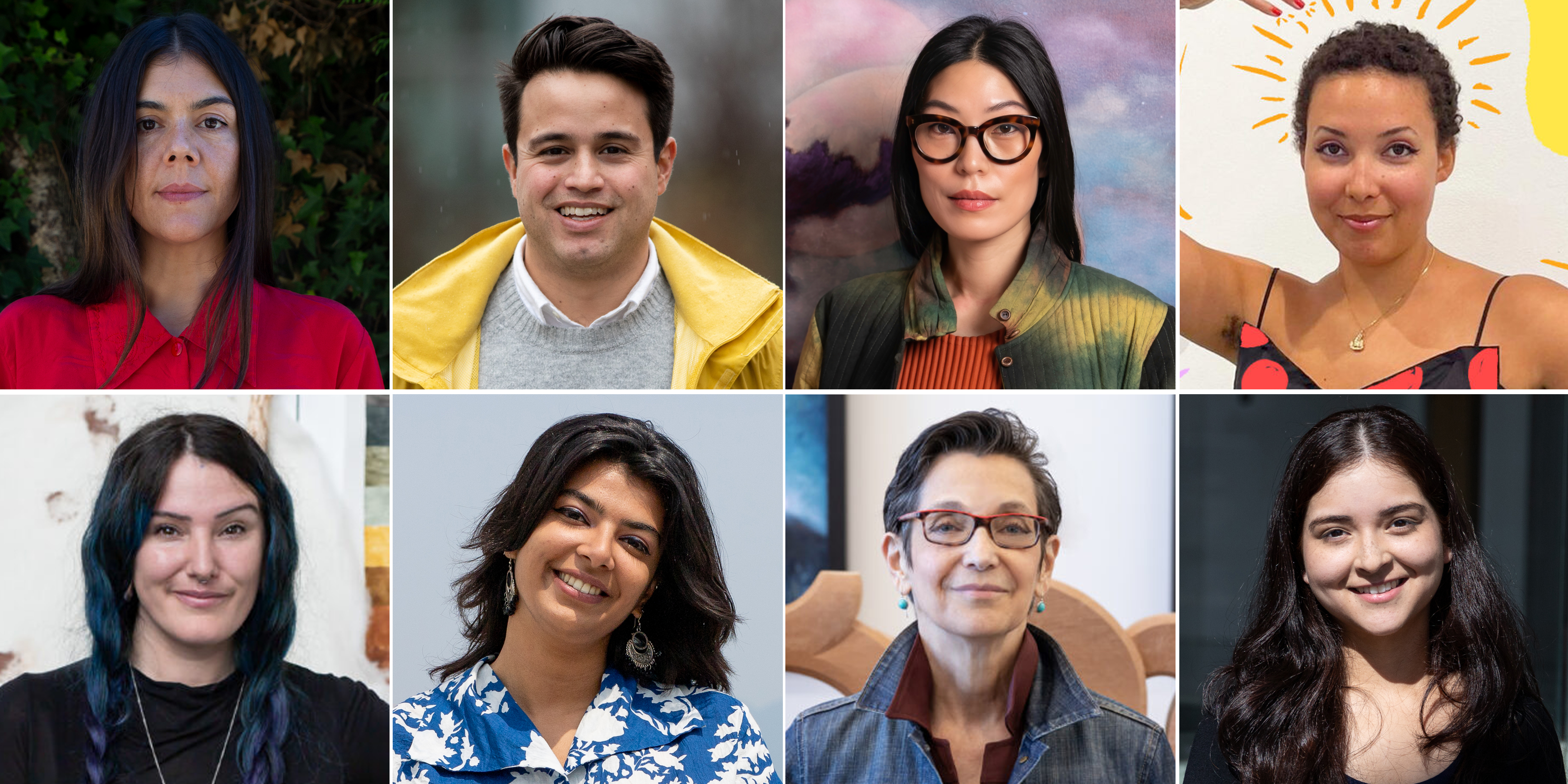
Posted on
Your favourite stories in 2023 comprised a vision of a future characterized by hope, collaboration and personal and creative growth.
This list is just the tip of the iceberg when it comes to what this community has accomplished over the past year.
To keep up with all the incredible stories coming from our community, sign up for our Emix newsletter, check out ecuad.ca/today, and follow us on Instagram, Facebook, TikTok and Linkedin.
And if you have a tip on a story you think we should write about, send us a message at communications@ecuad.ca.
Our sincerest thanks to all of you who made time to read about some of the exceptional community members we call neighbours, colleagues, partners and friends.
Happy new year; we’ll look forward to seeing you in 2024.
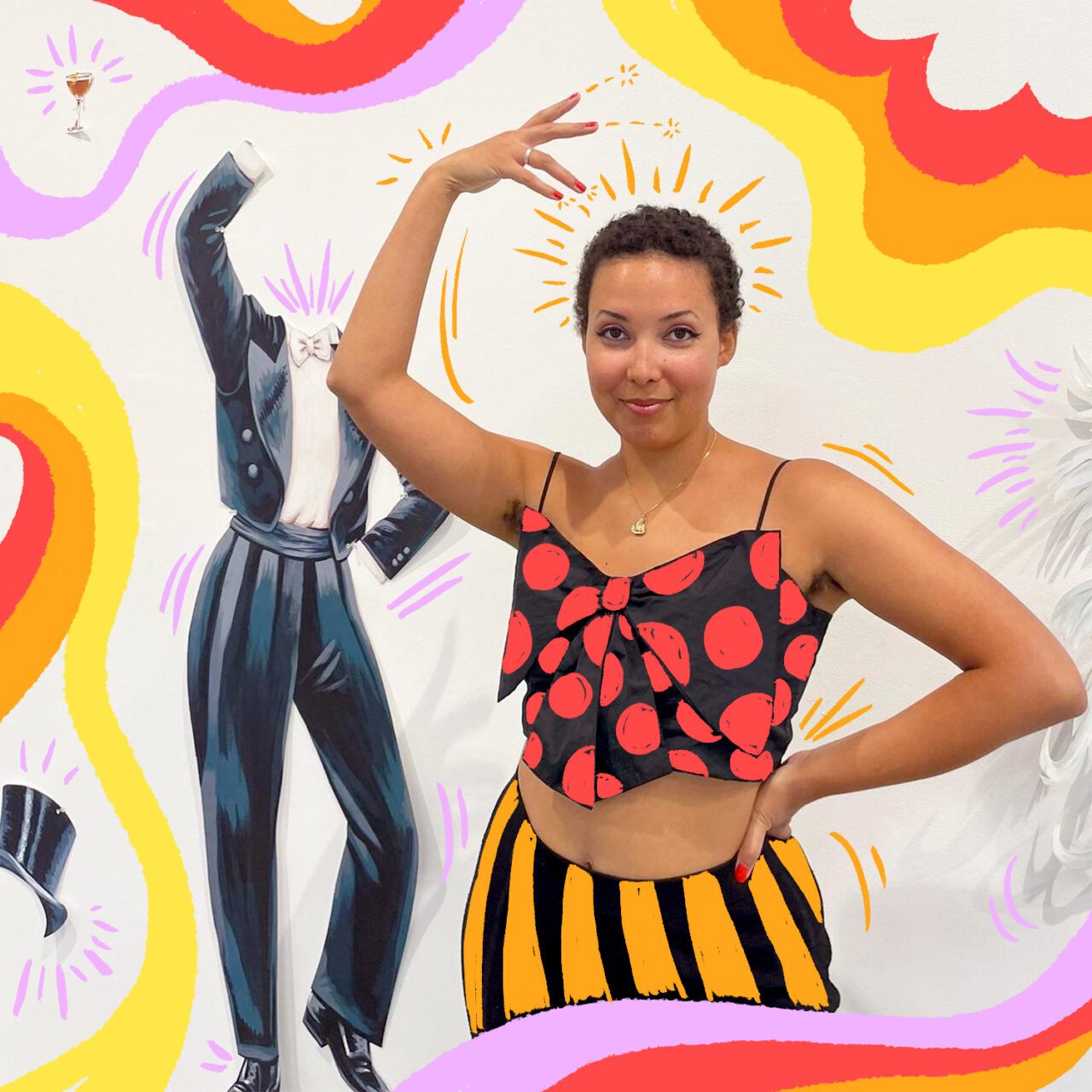
“Comedy has always been a huge inspiration in my work,” Sophia says. “Humour is super important. It’s a great lens to look at the world through and to look at politics and social hierarchies.” READ THE STORY ➼
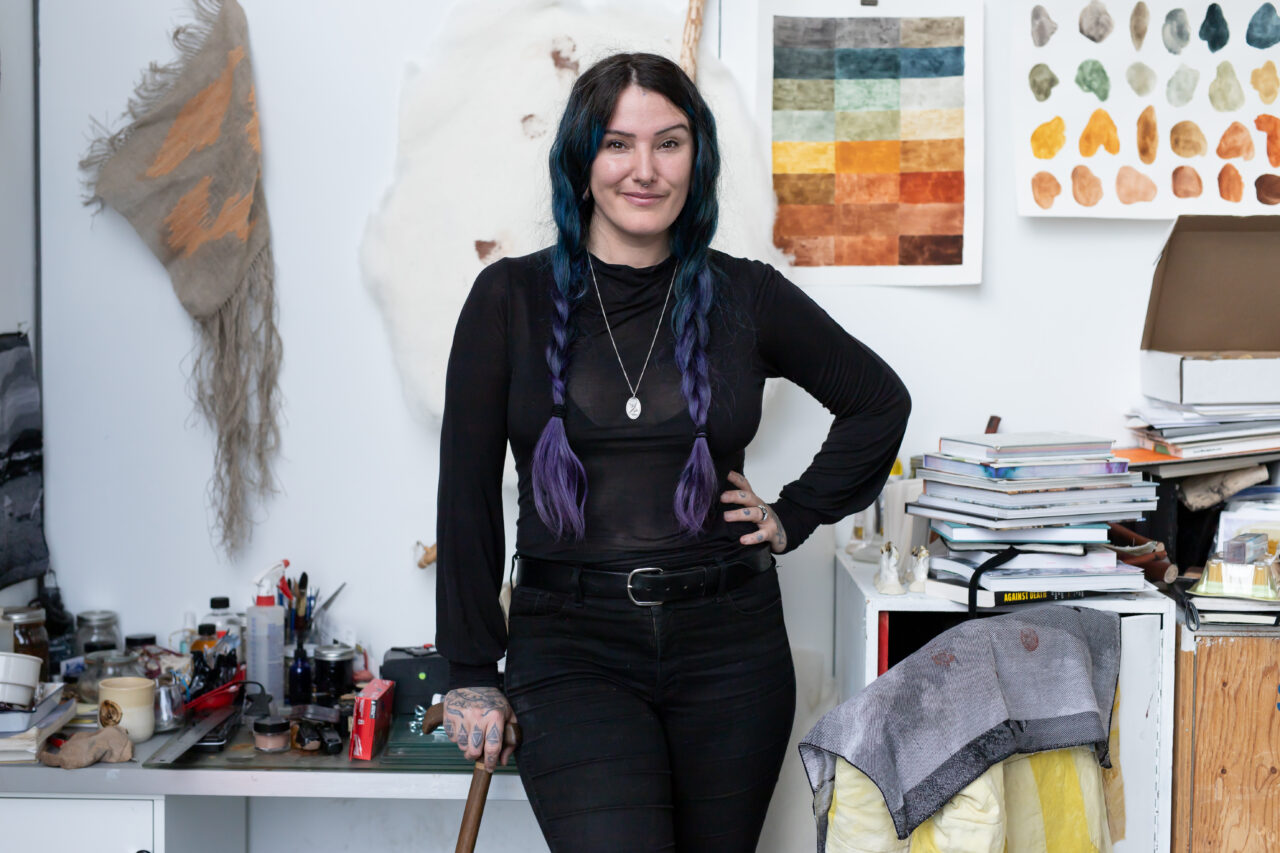
With a focus on the rapid acceleration of the human-fuelled climate crisis, Caitlin uses found and natural materials to explore how the deterioration of specific landscapes reflects her own physical decline. In connecting these themes, Caitlin aims to foreground how a kind of fellowship can be forged around bereavement. READ THE STORY ➼
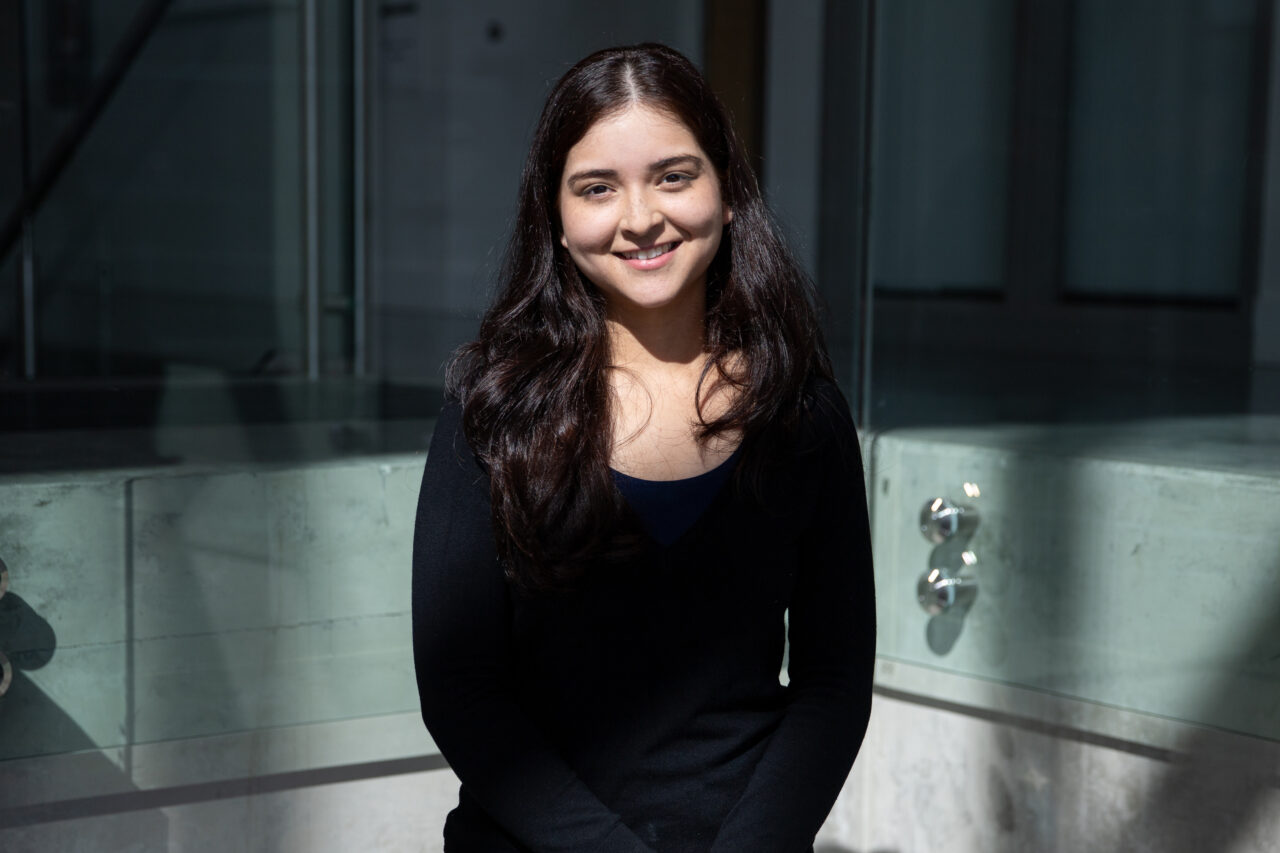
Shriya earned the award for her project Our Dinner Table, which addresses food insecurity and isolation among Vancouver seniors. READ THE STORY ➼
No. 12 | Marlene Yuen’s Mural Adorns Introduction Exhibition at Canada’s First Chinese Canadian Museum
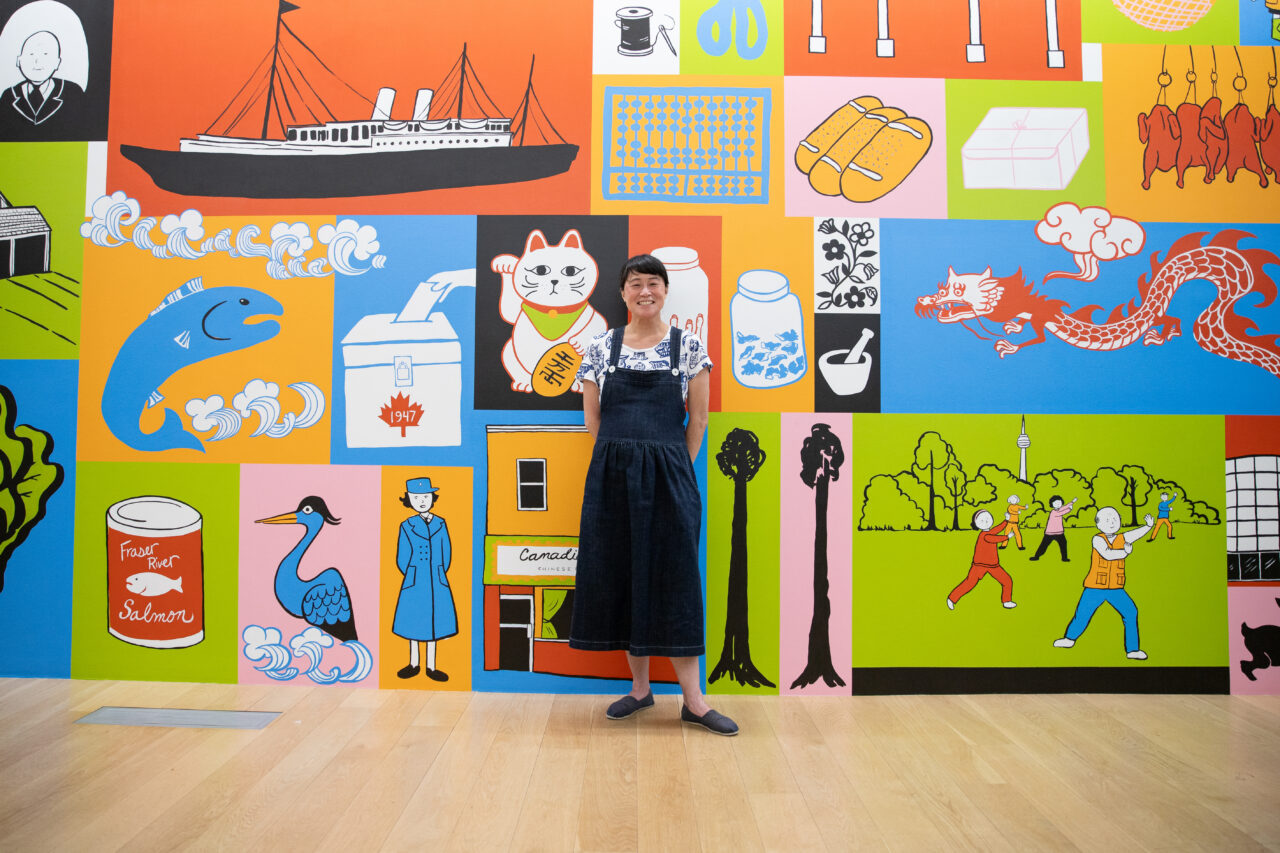
“I felt like this mural had to reach all sorts people: young, old, locals, tourists, people who were coming to visit Canada maybe for the first time, people who might not know a lot about this history, because sometimes people don’t,” Marlene says. READ THE STORY ➼
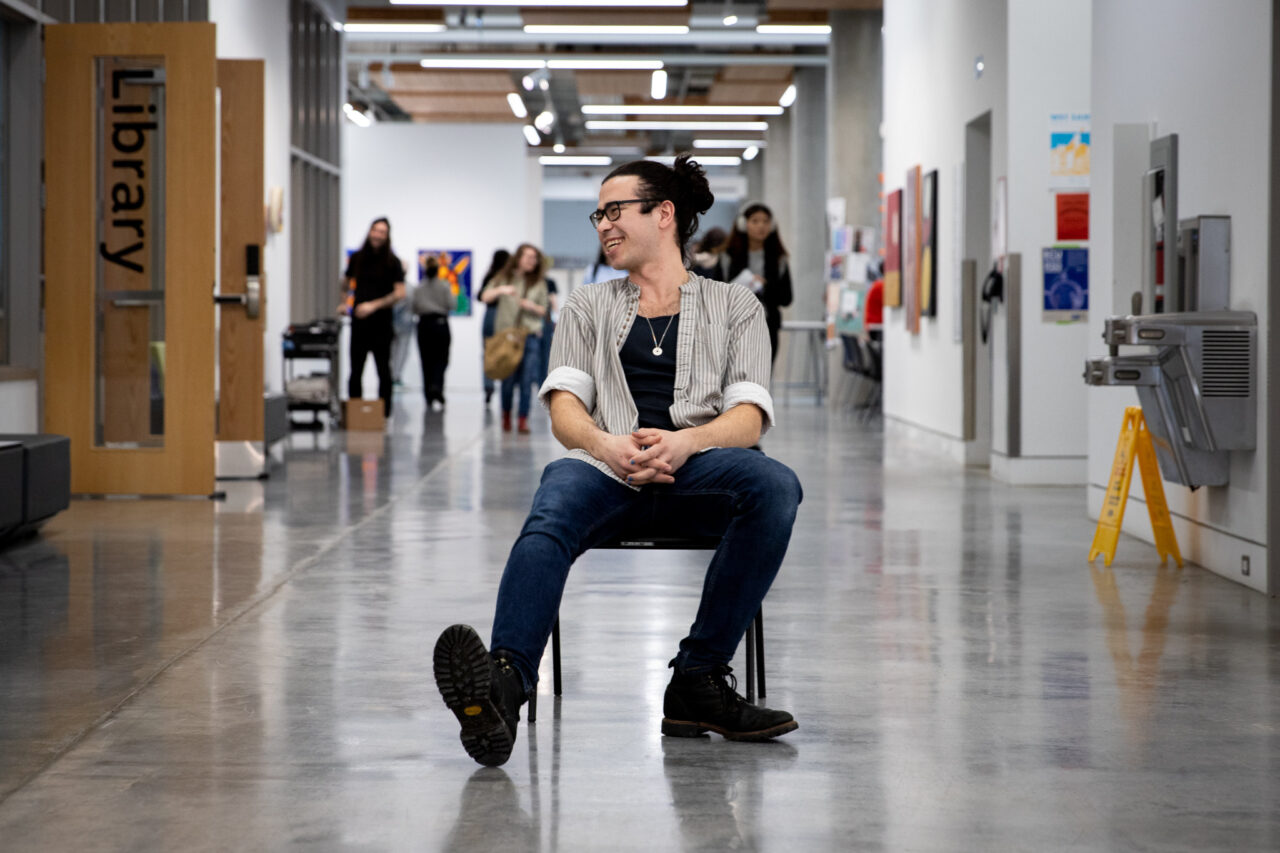
For Stefan, the creation of meaning and identity are slippery processes, influenced by a complex web of factors. Beliefs, experiences, place and culture all affect personhood, regardless of whether one embraces or rejects them. READ THE STORY ➼
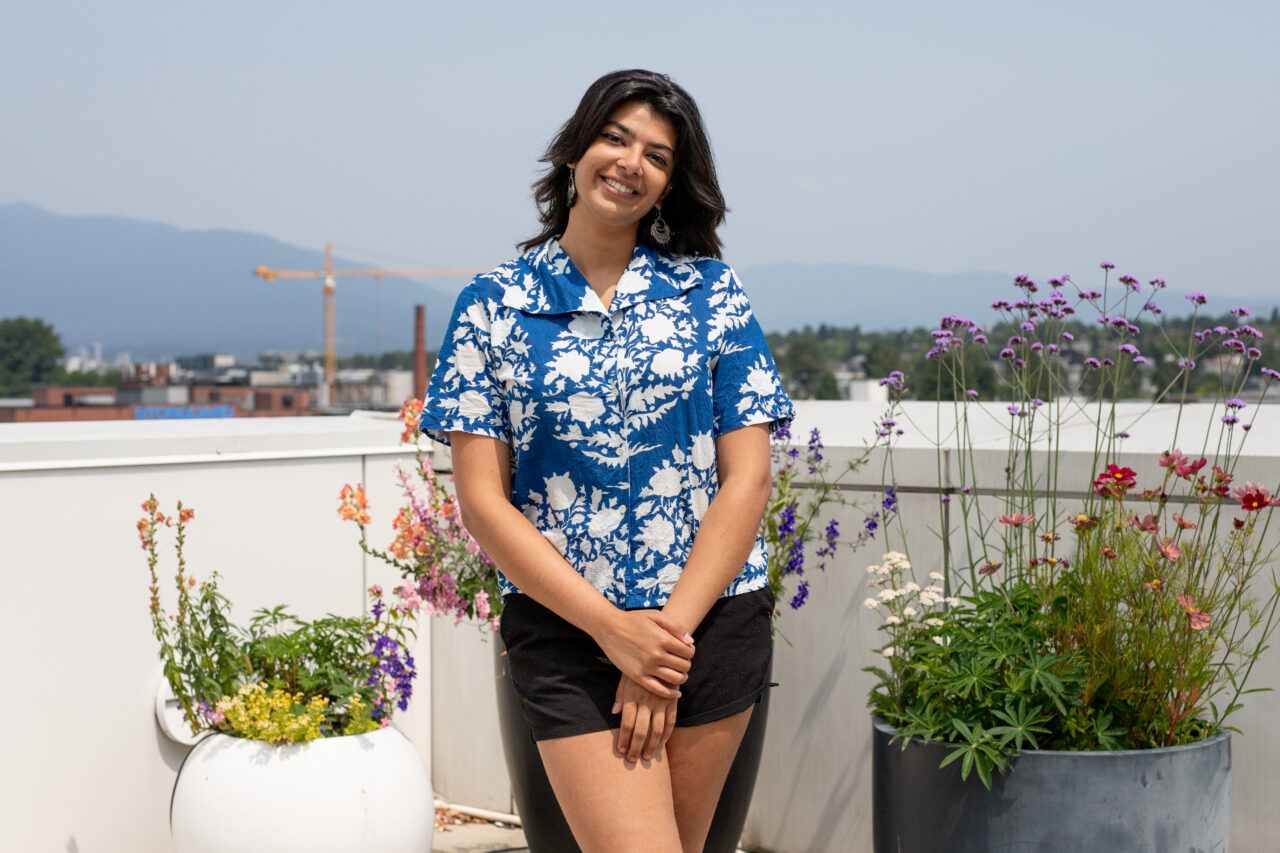
Kashish organized her ambitious project, कला (which means “Art” in Hindi), using Indian folk art as a means of exploration. Each phase interacts with or reflects upon an aspect of art history or pedagogy, envisioning its decolonization. READ THE STORY ➼
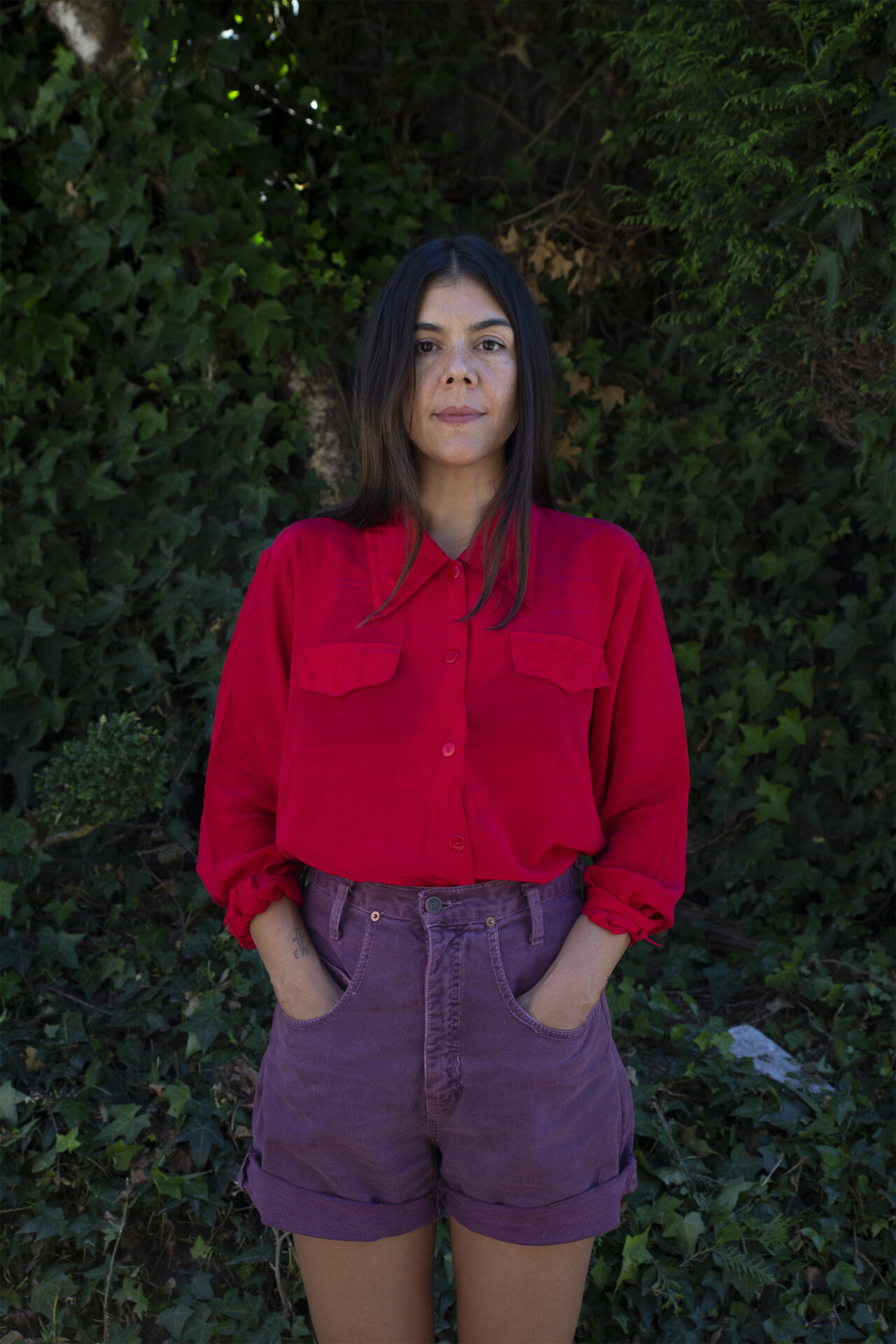
“Using locally found objects and natural materials, Gabrielle probes themes such as the history of colonization, capitalism and land ownership.” READ THE STORY ➼
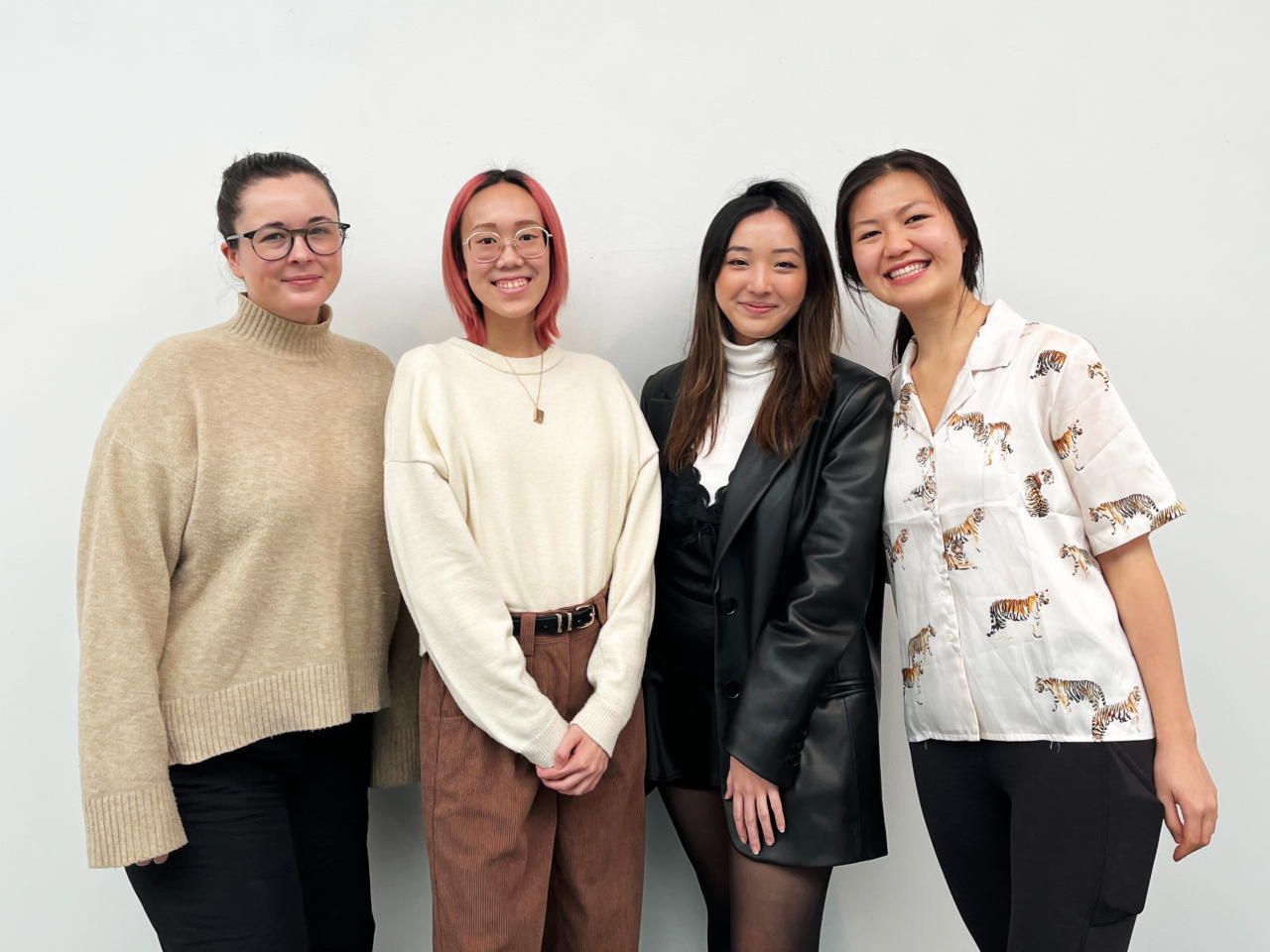
Billing themselves Ctrl+S, students Sydney Batters, Carmen Tin, Diana Tu and Jancis Wong designed and built the app over a gruelling 48 hours. “Our team noticed that financial literacy is never something we learned inside a classroom,” Jancis says. “Without early financial education, it becomes a barrier for people to manage their finances and plan for their future successfully.” READ THE STORY ➼
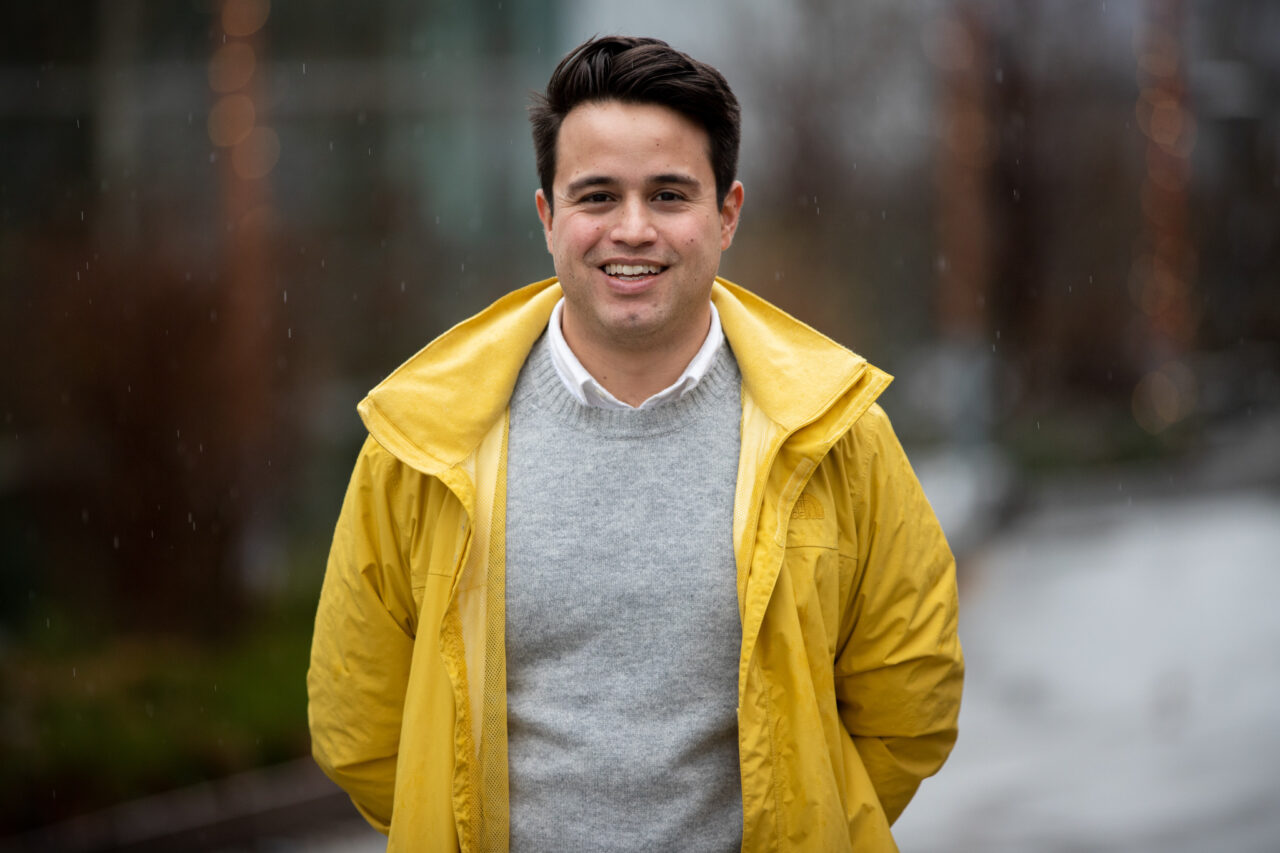
“If you approach it the right way, disappointment is just a call for you to improve,” he says. “Just keep going. Don’t stop now.” READ THE STORY ➼
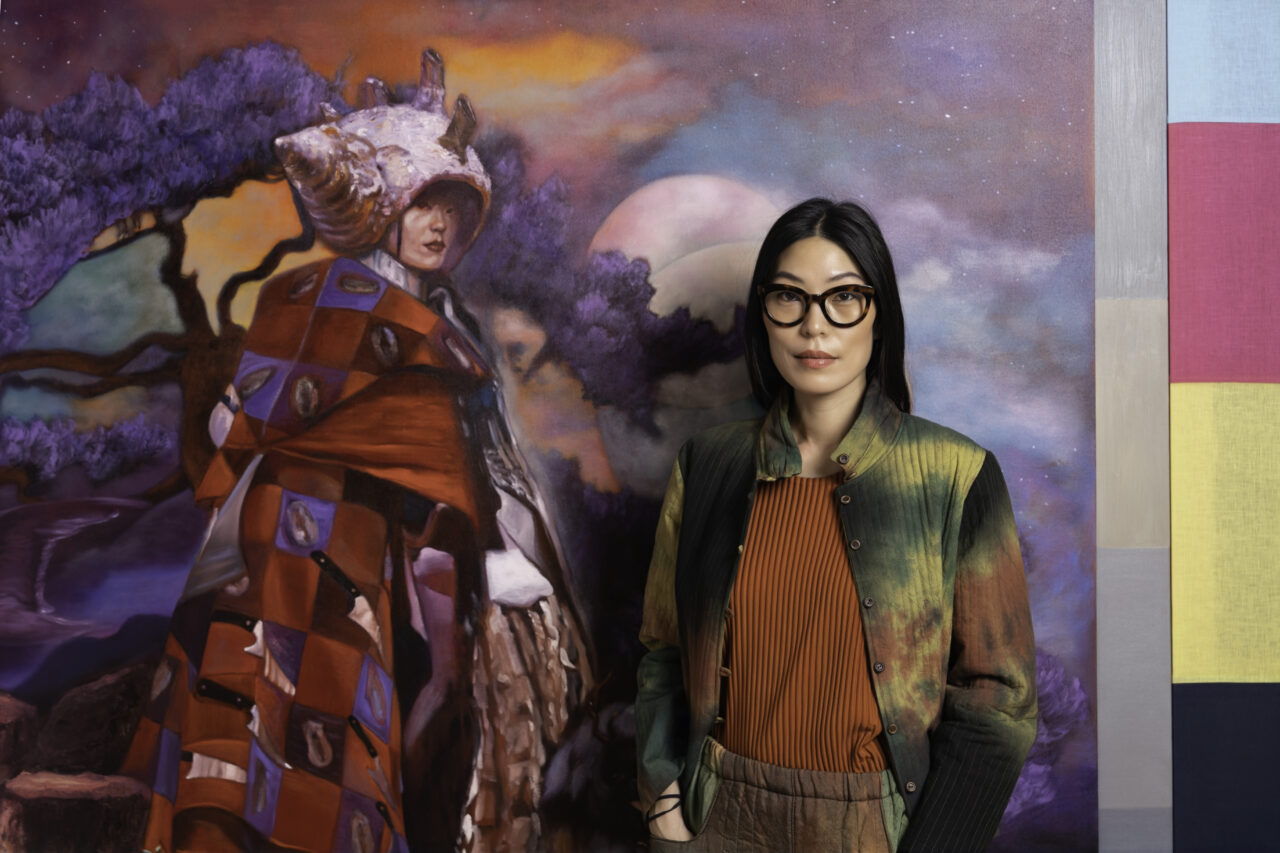
“Working in community is really important,” Zadie says. “I wouldn’t be in the position I am in right now had it not been for people holding the door open for me and saying my name in rooms where people who have agency to provide platforms were.” READ THE STORY ➼
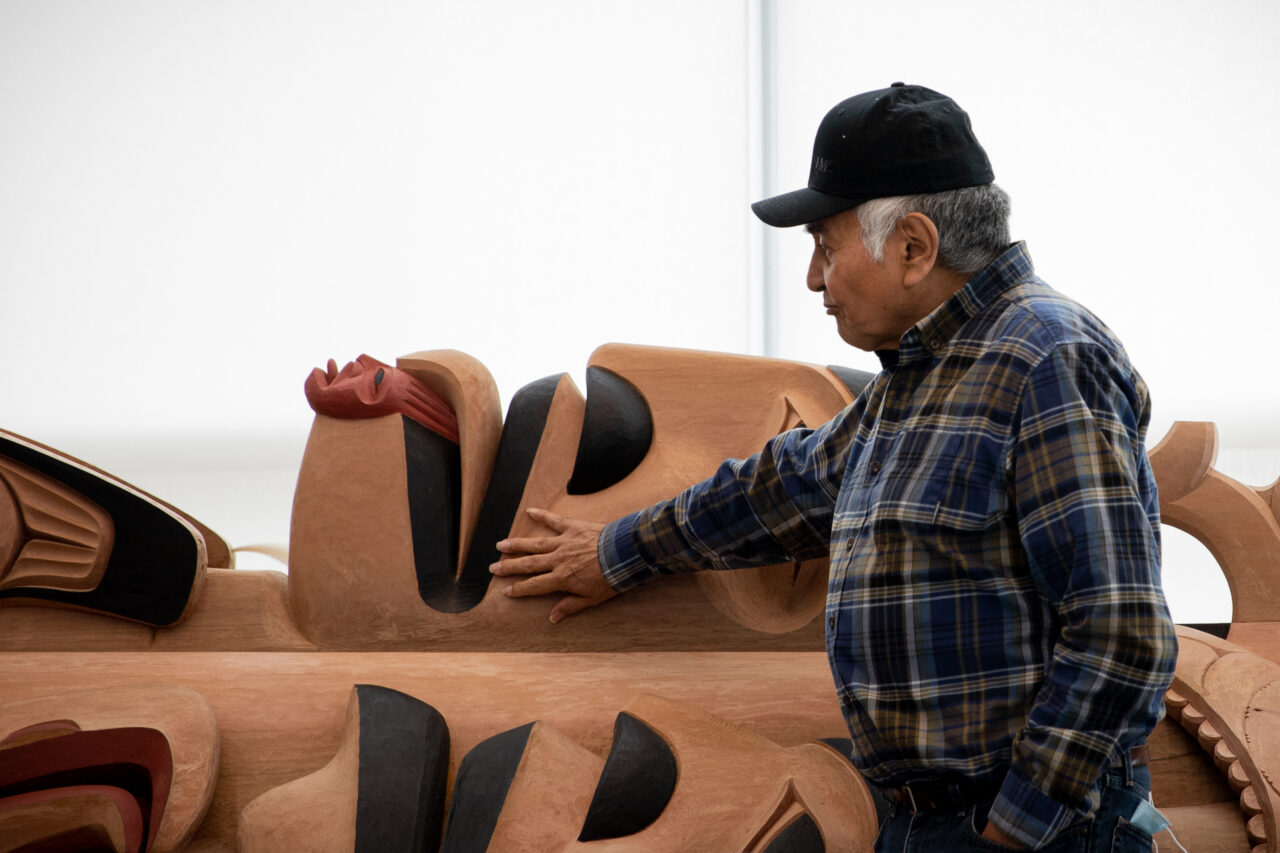
“This whole project is about community, communication and respect for Indigenous art, education and culture,” says Brenda Crabtree, the recently retired Director of Aboriginal Programs and Special Advisor to the President on Indigenous Initiatives at Emily Carr University. READ THE STORY ➼
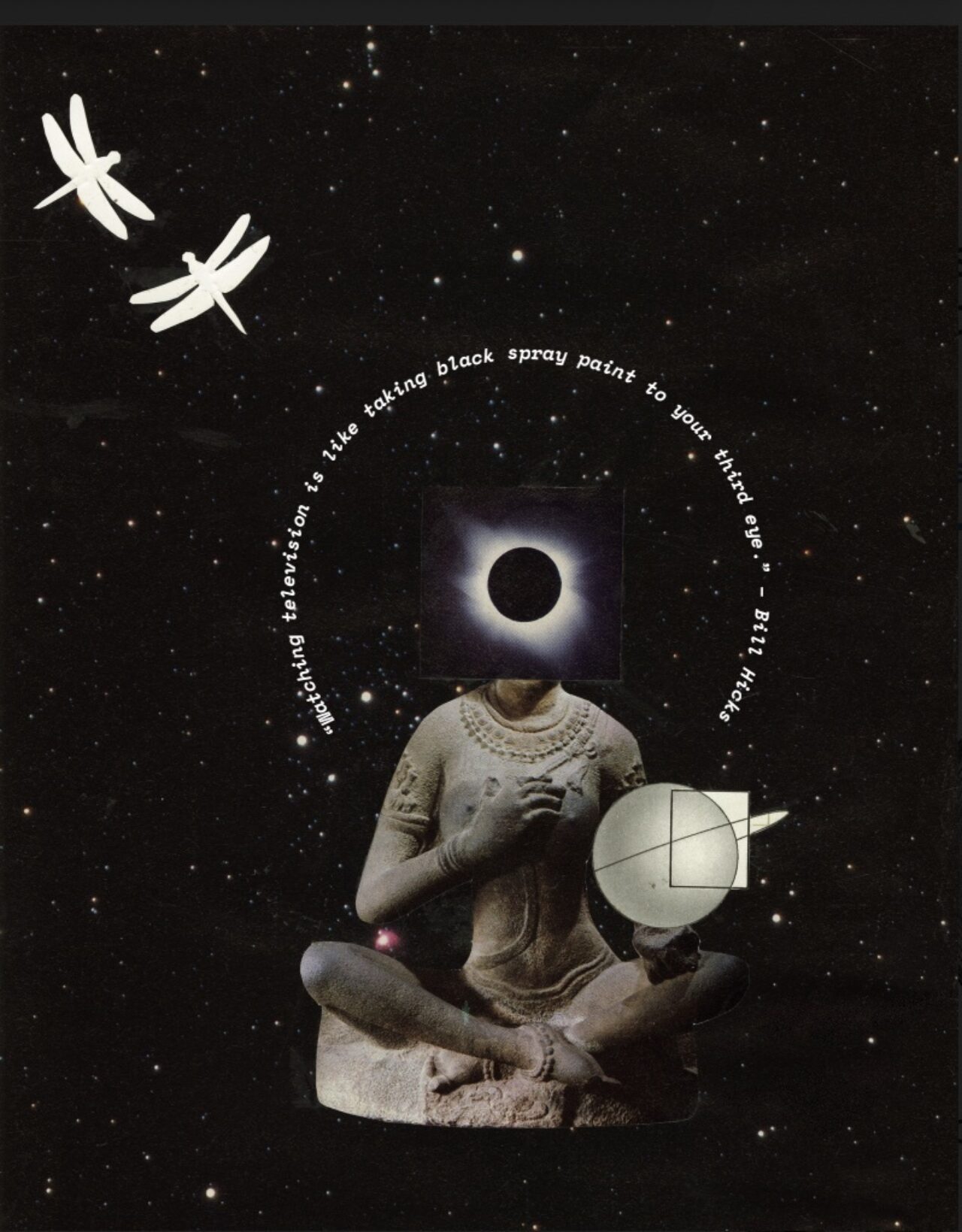
“With these collages, I’m channeling the idea of invisible forces through the frameworks of both physics and intuition,” Randy says. “I wonder about the many ways intuition has been denigrated in western culture as being without value or untrue.” READ THE STORY ➼
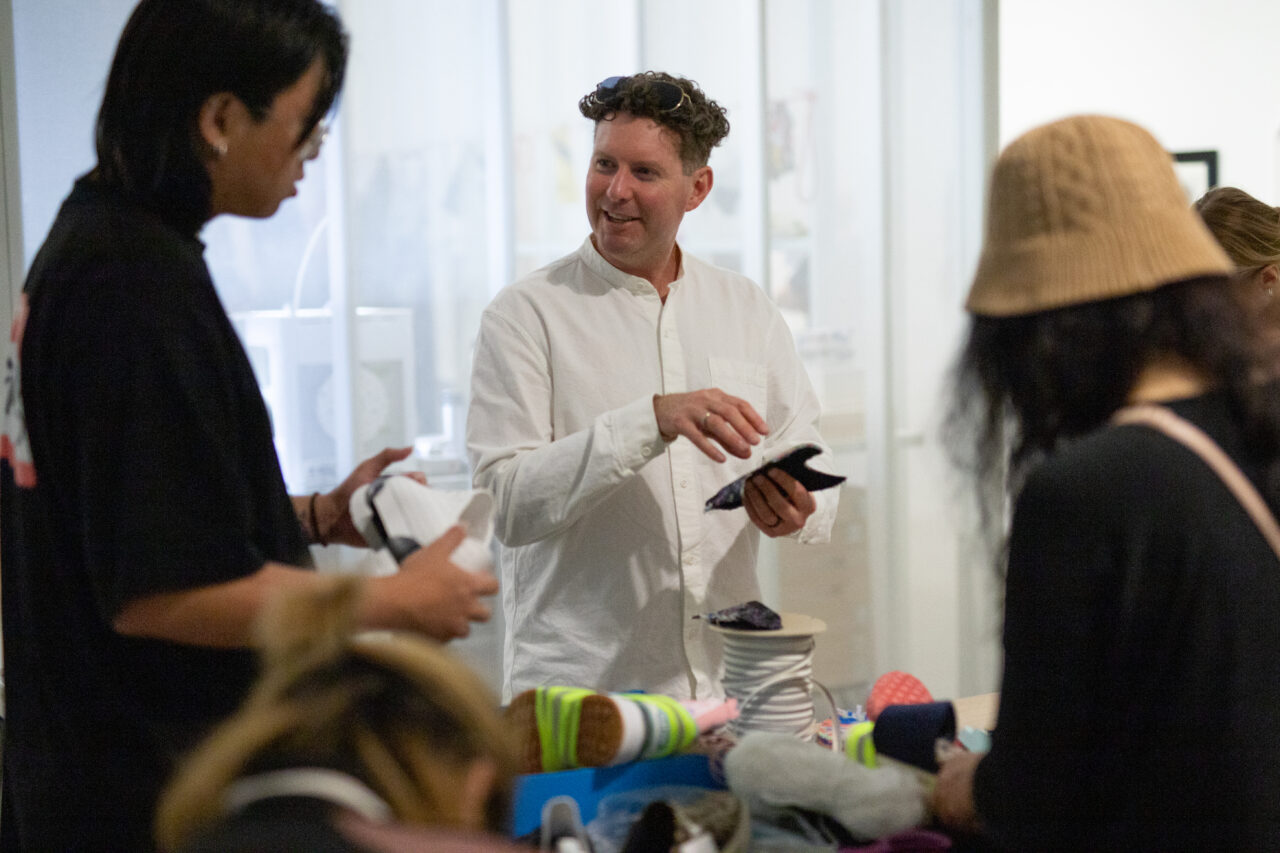
“Hélène and Keith have created a unique incubator of innovative thought and collaboration which is imbued upon all participants in Material Matters,” says Native Shoes cofounder Thomas Claypool. “The result is an environment that fosters fresh, creative, and uninhibited perspectives and ideas which are expressed in tangible ways by their students.” READ THE STORY ➼
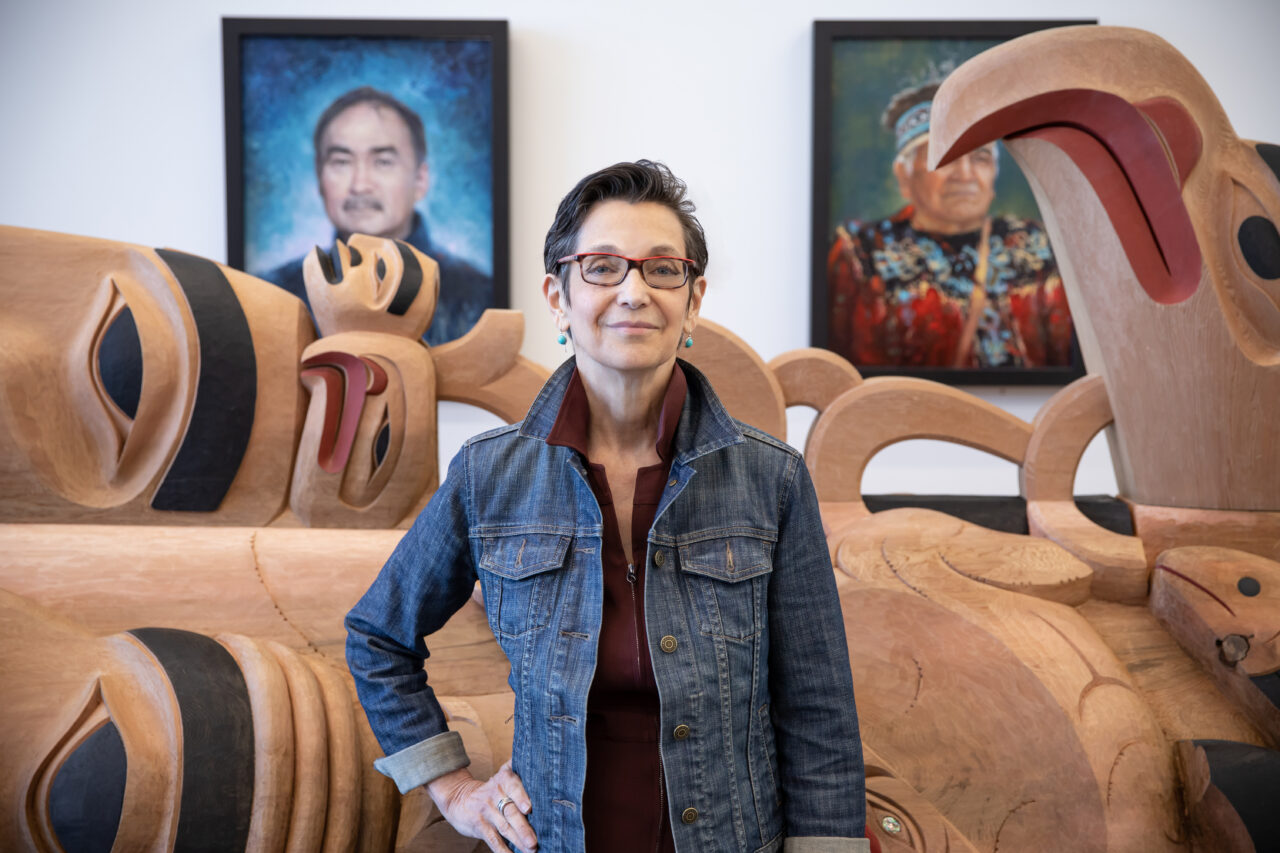
“As an Indigenous educator, it is significant for me to receive this peer support and acknowledgement of the importance of Indigenous pedagogical and methodological innovation in post-secondary education in Canada – a recognition of a way of teaching that encourages wholism and wonder, kindness and generosity, creative resilience, personal observation and accountability, and co-operation and relationship-building above all else.” READ THE STORY ➼
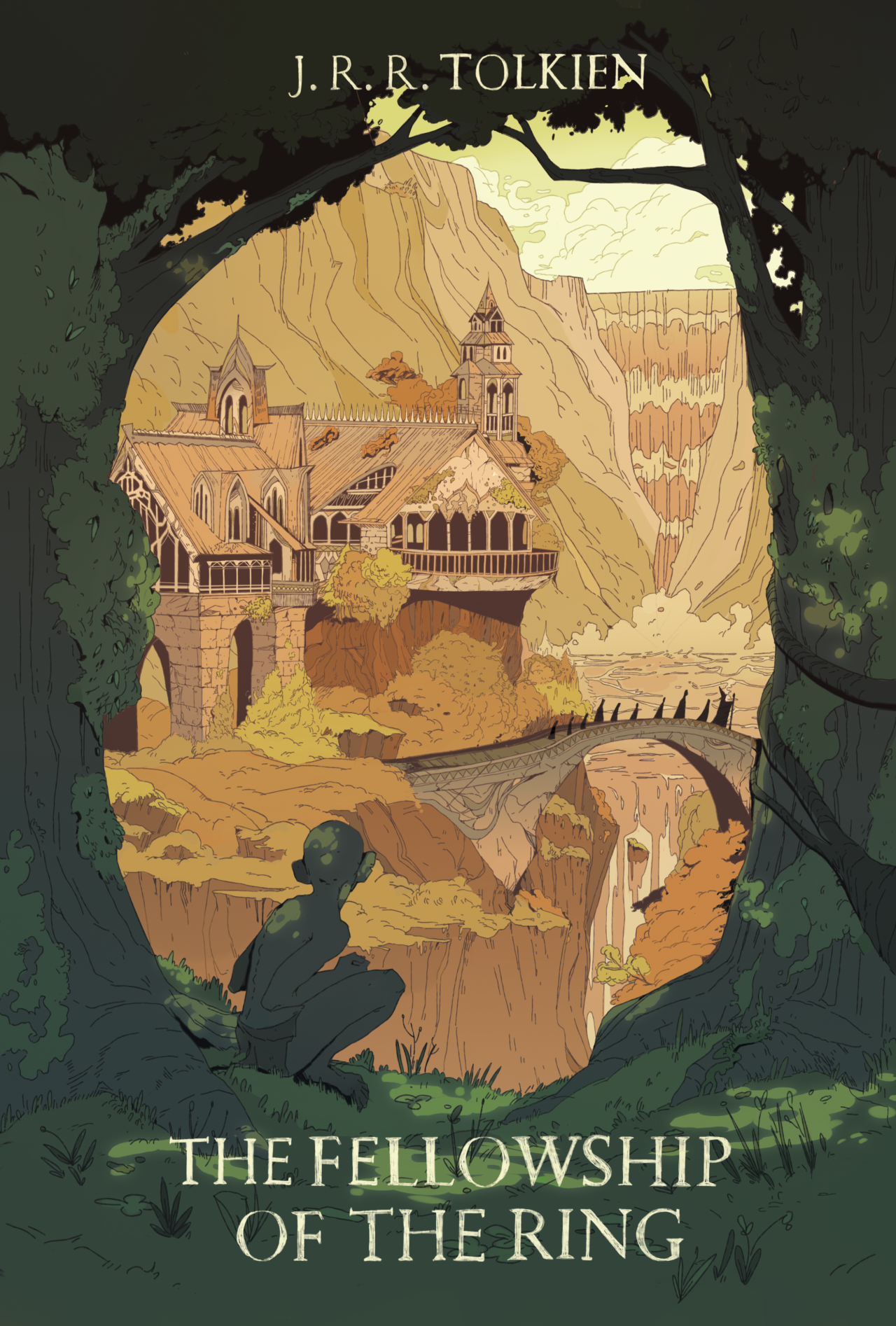
“I love illustration because of how broad and diverse a practice it is,” Emily says. “I love being able to look around at my peers/teachers and see such a rich variety of styles and applications. I view it as an even combination of design and fine arts.” READ THE STORY ➼